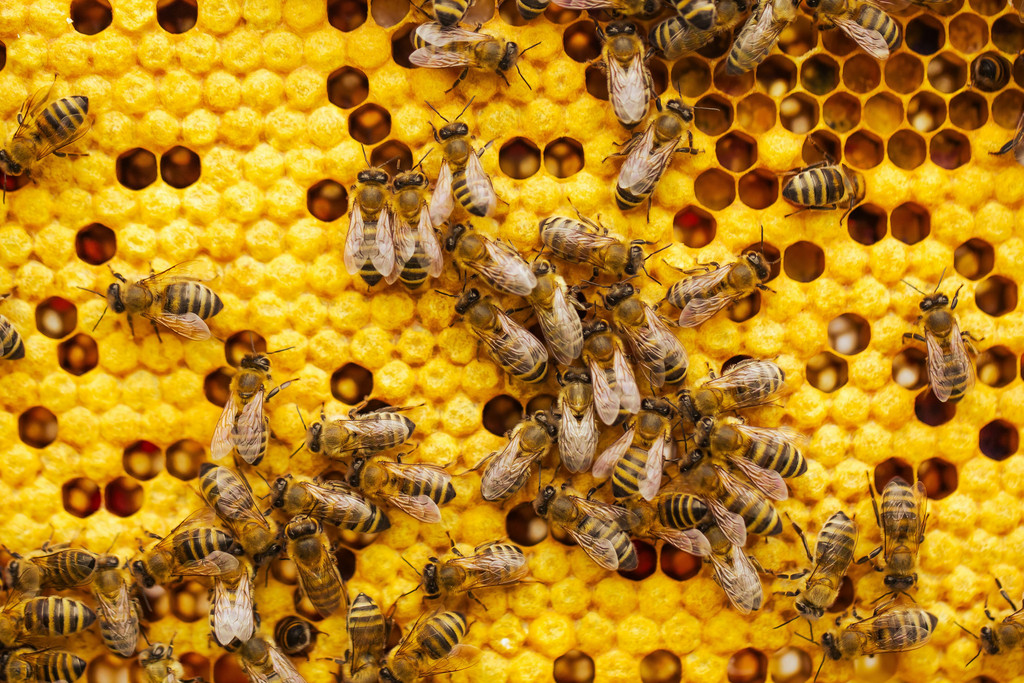The example of Ina Jens, the authoress from Grisons, wonderfully illustrates how the perspective from another country, and indeed another continent, can lead someone to turn the homeland they have left behind into literature in an extremely intense, nostalgia-inspired way. Born on 22 October 1880 in Thusis, Claudia Cadisch completed teacher training in Chur and, after an internship in Wattwil, found her first position at the German school abroad in the Bulgarian city of Ruse. Here she married her German teaching colleague Carl G. Werkmeister and in 1907 was sent with him to the German school in Concepción, Chile. In 1916, the couple moved to Viña del Mar near Valparaíso where her husband was head of the German school until 1923 after which Claudia Werkmeister-Cadisch herself held the position for a period of 22 years.
Here, in the fashionable city on the Pacific, she felt nostalgia for Grisons and wrote a book inspired by memories of her childhood in Domleschg under the pseudonym of Ina Jens. She sent the manuscript to the Reinhardt-Verlag in Basel, which published her first novel in 1926.
Not a book for young people
The novel was immediately categorised as literature for adolescents despite the fact it only really reveals its full charm to adult readers receptive to nostalgic sentiment. Under the simple title of “Maja”, the childhood of an eponymous girl from Grisons who grew up in the remote Domleschg valley in the years when Johanna Spyri’s Heidi books were written, was portrayed through memorable images and experiences. However, all the sentimentality and romantic embellishment in the world of Heidi finds its counterpart here in a soberly portrayed and rather prosaic atmosphere with believable, psychologically insightful characterisation and a relaxed and natural approach to the images and motifs of the popular alpine narrative. While the Heidi novels were written by a romanticising city dweller, “Maja” seemed genuine and authentic as a testament to personal experience and memories.
The book became a highly acclaimed success and just two years later Ina Jens continued the story of Maja’s childhood with “Rosmarin” which was on a par from a literary perspective. Then, between 1935 and 1941, she switched her attention to material from her adopted home in South America providing young European readers with an insight into it with works such as “Mirasol”, “Manuelitos Glücksfall”, “Unter chilenischem Himmel” and “Hannelores Urwaldwinkel”. Although she produced the occasional gem, these Chilean novels did not generally match the gravity and credibility of the Domleschg novels. While the Chilean setting is very exotic, the writing lacks the intimacy and intensity which she used to create the sense of nostalgia in the story of the young girl Maja.
Her spirit broken by the death of her only son, Ina Jens died on 17 January 1945 aged 65 completely alone in Valparaíso without ever having returned to her native country.
“Grandmother smiled, touched the rosemary again, took in its tangy scent from her hands and said: ‘That’s something special. Everyone’s soul needs a special fragrance to bring the past to life and mine is rosemary. When you are older you will also experience and understand that.’”
From: “Rosmarin”
Basel 1928, out of print











Comments
Comments :